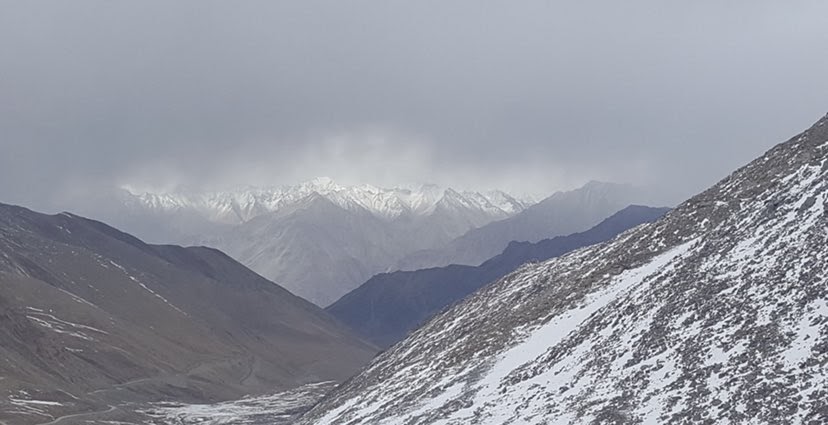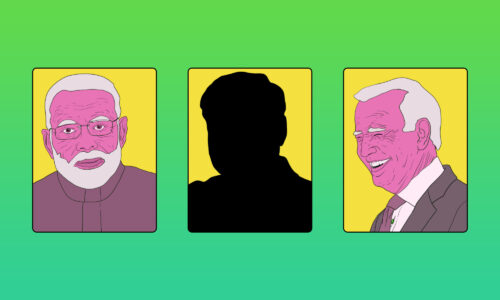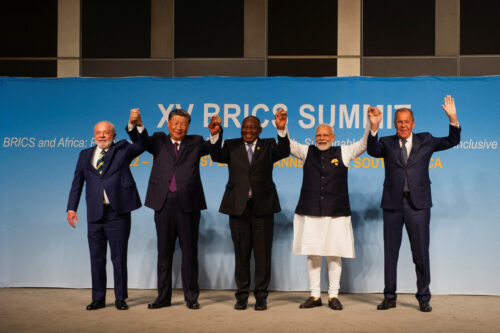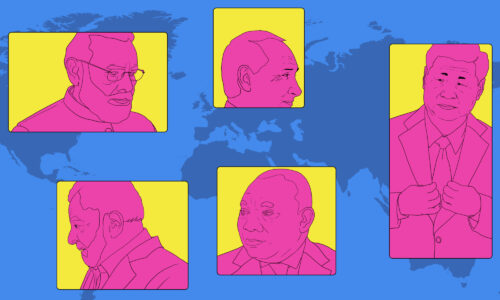New India-China border standoff: is it ‘stable and under control’?
Since their establishments in 1949 and 1950, the People’s Republic of China and the Republic of India have never had a mutually agreed-upon border. The disagreement was one of the causes of the Sino-Indian War of 1962, and of many decades of simmering tensions.

Today, a so-called Line of Actual Control (LAC) roughly sketches where one country’s sovereignty begins and another ends, but as a retired Indian ambassador to China told a journalist, “There is no LAC. Period. There is no mutually agreed line. And either side can thus make any claims it wants.”
Since Indian Prime Minister Narendra Modi came to power in 2014, three border conflicts with China have occurred and been resolved, according to The Print.
- The most recent of these three, in 2017, had the unusual feature of beginning not directly on the India-China border, but rather on the border of China and Bhutan, which has a special relationship with India.
- That conflict quickly spread to other contested parts of China’s southwestern borders, specifically an area called Ladakh, where Chinese and Indian soldiers literally threw rocks at each other. Luó Zhàohuī 罗照辉, the ambassador in New Delhi at the time, called the border row “the worst in 30 years.”
- That standoff started in the summer of 2017 and continued through the end of the year, only finally cooling off in the spring of 2018.
A fourth conflict flared up in recent weeks, as troops gathered on both sides of the LAC in Ladakh. Indian government officials said that China placed “about 5,000 soldiers and armored vehicles” in the region, though this is difficult to confirm from satellite imagery.
What sparked the latest standoff?
- The most likely cause is infrastructure-building activity, according to Taylor Fravel, a scholar of China’s military, in comments to The Hindu: “China appears to be responding to increased activity and road-building near the Galwan River and Pangong Lake. Even though this construction activity lies on the India side of the LAC [Line of Actual Control], China likely views it as challenging their position on and perhaps the stability of the LAC.”
- Strategic considerations could also be involved, as “China could be responding to the deterioration of China-India ties amid the coronavirus pandemic,” Fravel says. For example, in early April, Indian commentators noticed that the “Indo-China border has been incident free for the last few months, which is rare,” and suggested at the time that China was trying to curry favor with India to counteract the fallout of COVID-19. Tanvi Madan, a Brookings Institution expert in Indian foreign policy, told Axios at the time that “Indians are very upset with China” for its censorship and propaganda.
Today, after nearly a week of silence on the subject, Chinese Foreign Ministry spokesperson Zhào Lìjiān 赵立坚 claimed that the situation is “stable and under control,” according to the Global Times. But given the complex history here, and the not particularly friendly feelings between Indian and Chinese officials, the reality may be less clear cut. As Fravel points out: “The lack of a formal agreement regarding the location of the LAC will ensure that future incidents and crises are bound to recur.”
U.S. involvement?
Last week, Alice G. Wells, the U.S. State Department’s top official for Central and South Asia, appeared to back India’s claims in the standoff by calling China’s behavior “disturbing.” Zhao Lijian said that she was “talking nonsense,” and that the conflict “has nothing to do with the U.S.”
Today, Donald Trump chimed in via Twitter:
We have informed both India and China that the United States is ready, willing and able to mediate or arbitrate their now raging border dispute. Thank you!
- We have to ask: Is this a serious offer from the United States government, or another meaningless off-the-cuff remark from Trump, like last year when he lied that Narendra Modi had asked him to “mediate” the India-Pakistan dispute in Kashmir? Trump has since repeatedly offered to mediate in that dispute through early this year, despite India repeatedly insisting it wants to handle the issue only bilaterally with Pakistan.
- The answer, according to an anonymous senior Indian official quoted in The Hindu, is that the surprise offer from Trump won’t be taken “seriously” by either India or China.
More on the India-China border conflict:
- India and China square up on their Himalayan border / The Economist (porous paywall)
- PLA actions at LAC in Ladakh denote shift from past: experts / The Hindu
- India looks ready for long stand-off with China, may not stop border infra work / TNN via Times of India
- Why we should worry about China and India’s border skirmishes / Foreign Policy (porous paywall)
- Tanvi Madan in a thread on Twitter: “THREAD. On the rhetoric we’ve seen — or not seen — from China & India during the ongoing boundary tensions. Bottom line: thus far, both govts have largely been restrained in their rhetoric. This is a good thing & a contrast from Doklam/2017 when Beijing’s stmts were v heated 1/.”
- Dhruva Jaishankar in a thread on Twitter: “THREAD: Over the coming days and weeks, we are likely to see a lot of idle speculation about what is going on in the China-India border region. Here are 5 QUESTIONS that people should be asking themselves as they consume and analyze reports. 1/18.”






